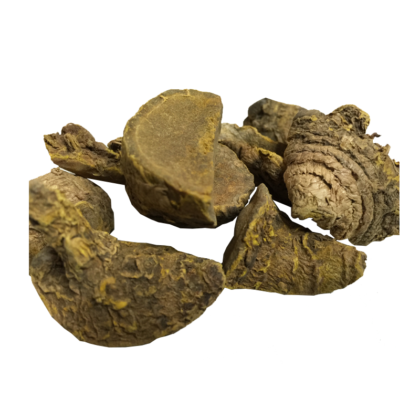Silk Cotton Tree Price in Pakistan
Introduction
The Silk Cotton Tree, scientifically known as Bombax ceiba, is a majestic and tall tree that is native to the Indian subcontinent, including Pakistan. Known for its striking appearance and various uses, the Silk Cotton Tree holds cultural significance in many regions.
We will explore the price of the Silk Cotton Tree in Pakistan, its names in Hindi, Urdu, English, French, and Arabic, along with its benefits, usages, and precautions.
Silk Cotton Tree Price in Pakistan
The price of the Silk Cotton Tree in Pakistan can vary depending on factors such as size, age, and availability. On average, a young Silk Cotton Tree sapling can be purchased for around 500-1000 Pakistani Rupees (PKR). However, prices may fluctuate based on market demand and regional availability.
Names of Silk Cotton Tree in Different Languages:
Hindi: सेमरू वृक्ष (Semaru Vriksh)
Urdu: روئے ہندی درخت (Rui Hindi Darakht)
English: Silk Cotton Tree or Red Silk-Cotton
French: Arbre en coton soyeux or Kapokier
Arabic: شجرة القطن الحريري (Shajarat al-Qutn al-Hareeri)
Benefits of Silk Cotton Tree
Medicinal Properties: The Silk Cotton Tree is known for its various medicinal properties. It is used in traditional medicine to treat ailments such as diarrhea, skin infections, fever, and respiratory issues.
Timber and Crafts: The wood of the Silk Cotton Tree is sturdy and often used for construction purposes. Additionally, artisans carve the wood into intricate sculptures, furniture, and handicrafts.
Wildlife Habitat: The tree provides a natural habitat for numerous bird species and other wildlife, making it a valuable component of the ecosystem.
Soil Erosion Control: The extensive root system of the Silk Cotton Tree helps prevent soil erosion, making it useful in areas prone to erosion.
Aesthetics and Shade: The tree’s large, vibrant flowers and broad canopy provide aesthetic appeal and shade in parks, gardens, and residential areas.
Usages of Silk Cotton Tree
Fiber Production: The silk-like fibers from the tree’s seed pods, known as kapok, are used for stuffing pillows, cushions, and mattresses due to their lightweight and buoyant nature.
Textiles and Crafts: The kapok fiber is also spun into yarn and used to create textiles, ropes, mats, and traditional handicrafts.
Firewood and Charcoal: The wood from the Silk Cotton Tree is used as firewood and can also be converted into charcoal for cooking and heating purposes.
Fodder for Livestock: The leaves of the tree are a valuable source of fodder for livestock, providing essential nutrients.
Landscaping: The Silk Cotton Tree is often planted in parks and gardens for its aesthetic appeal, providing shade and beauty to outdoor spaces.
Precautions while dealing with Silk Cotton Tree
Allergenic Potential: Some individuals may be allergic to the tree’s pollen or certain parts, so caution should be exercised if you have known allergies.
Thorny Bark: The tree’s bark can have thorny projections, which may cause injuries if not handled carefully.
Seed Pod Spines: The seed pods of the Silk Cotton Tree have sharp spines that can cause skin irritation, so it’s advisable to handle them with caution.
Caution during Flowering: During the flowering season, the tree releases a cotton-like substance that may cause allergies or respiratory discomfort in sensitive individuals.
Invasive Potential: The Silk Cotton Tree has the potential to spread rapidly and become invasive, so it should be planted and managed responsibly to prevent ecological imbalances.
The Silk Cotton Tree, with its distinctive appearance and versatile uses, holds great value in Pakistan. From its medicinal properties and timber to its ecological benefits and aesthetic appeal, this majestic tree offers numerous advantages.
However, it’s important to be aware of precautions and responsible management to ensure the tree’s positive impact.
You can also view this product: Shame Plant Price in Pakistan Sesame Seeds Black Price in Pakistan





Reviews
There are no reviews yet.